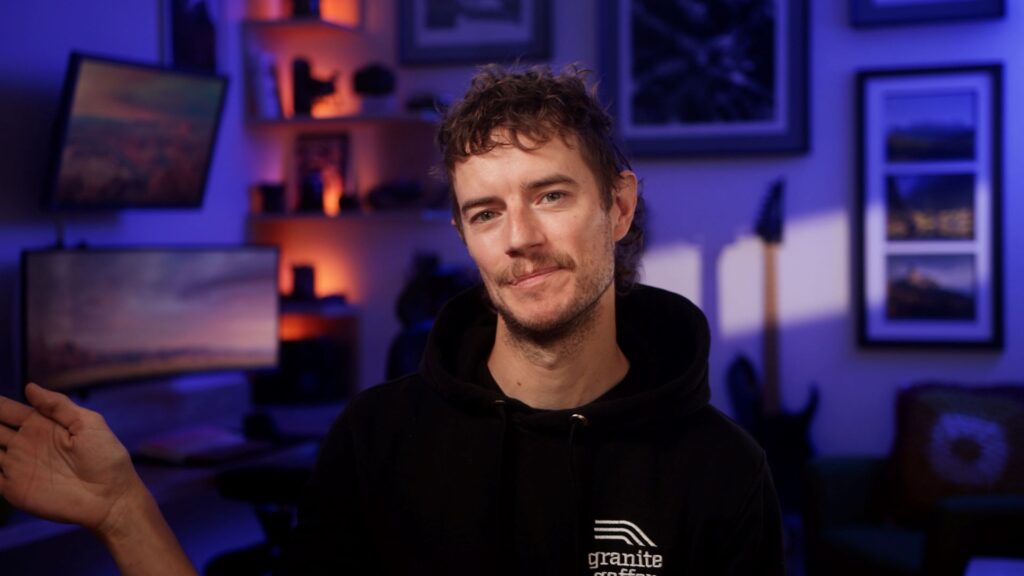commercial lighting breakdown: litehouse ranch
commercials
client: Litehouse Ranch co-director: Woody Roseland
co-director: Chad Neidt 1st ad: Brian Bell
dp: Justin Balog 1st ac: Max Green
steadicam: Kevin Andrews gaffer: Tyler Trepod
key grip: Eric Fulcher art director: Jessie Capstick
art asst: Leah Vogel art asst: Darci Naftulin
hmu: Kacie Mcintosh pa: Payson Wick
pa: Shafic Sserwada
youtube video
framework overview
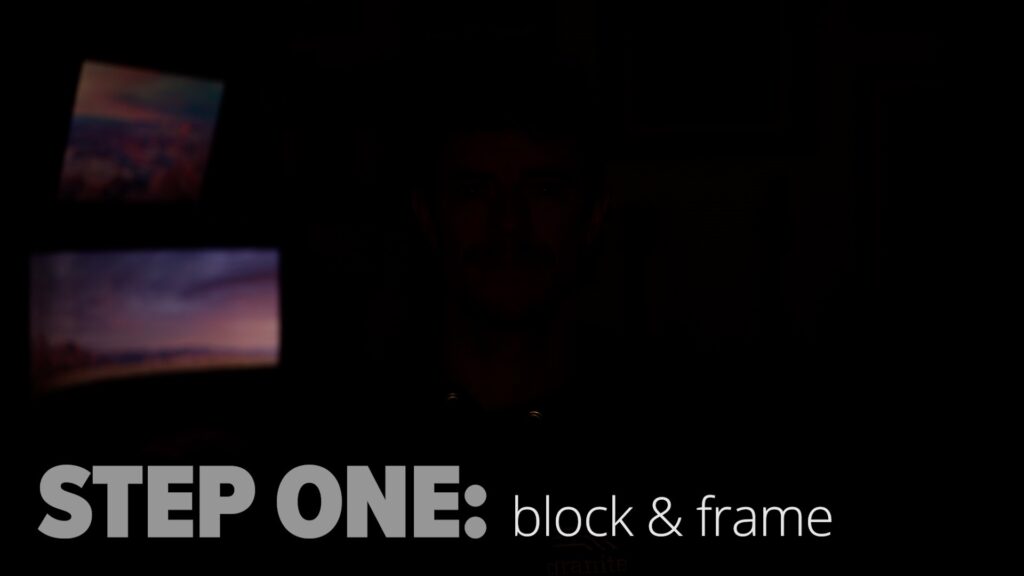
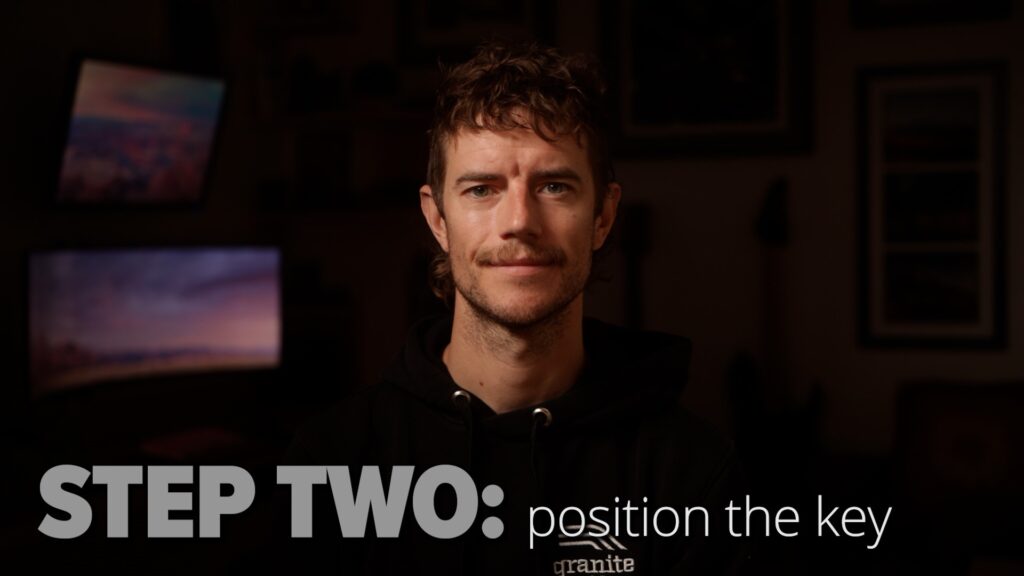
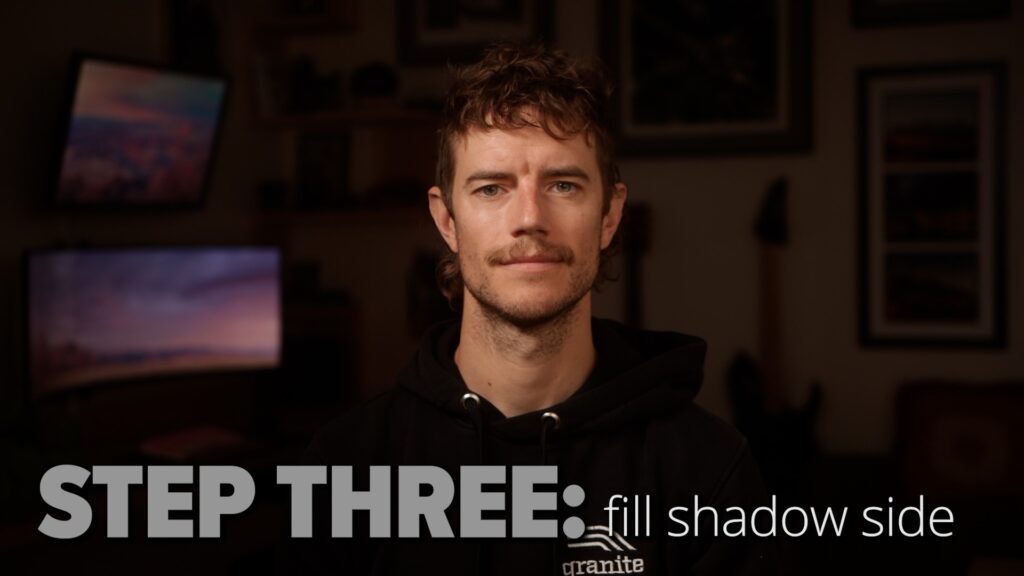
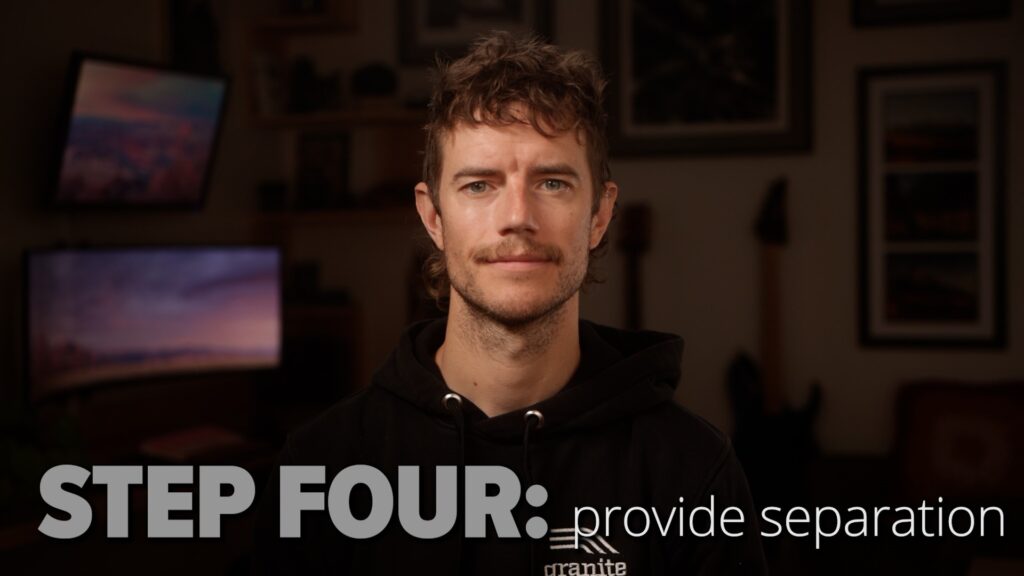
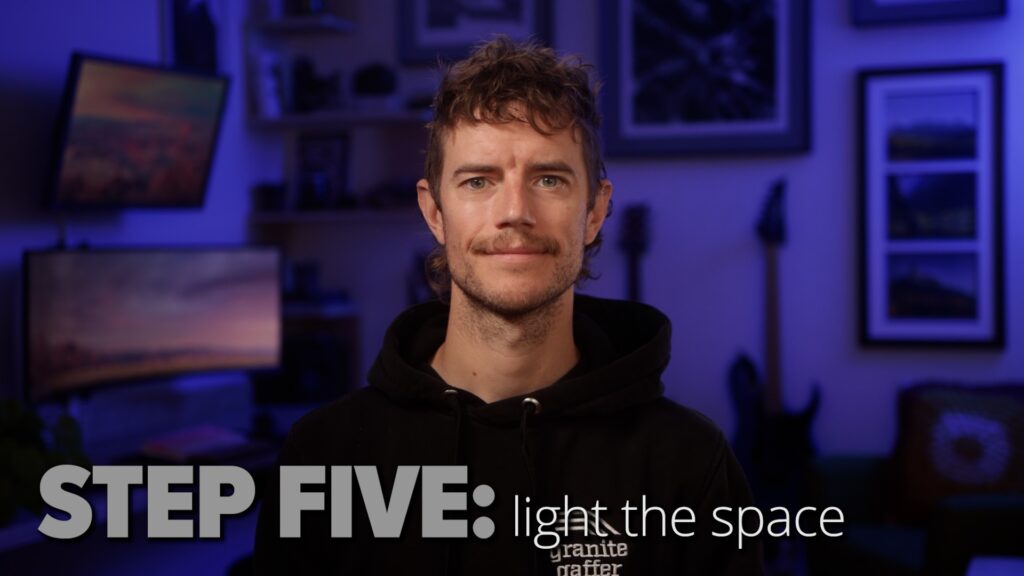
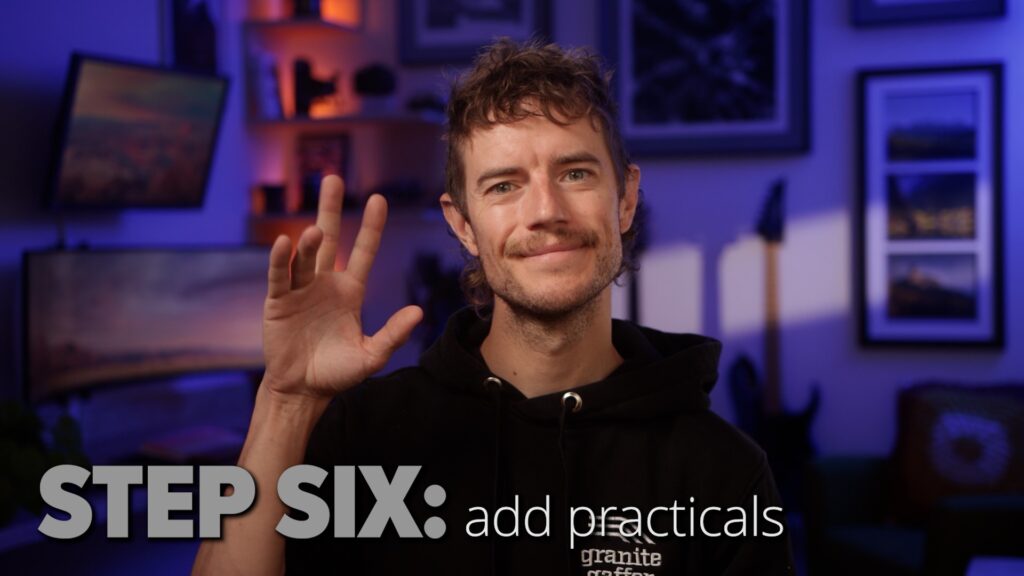
scene one

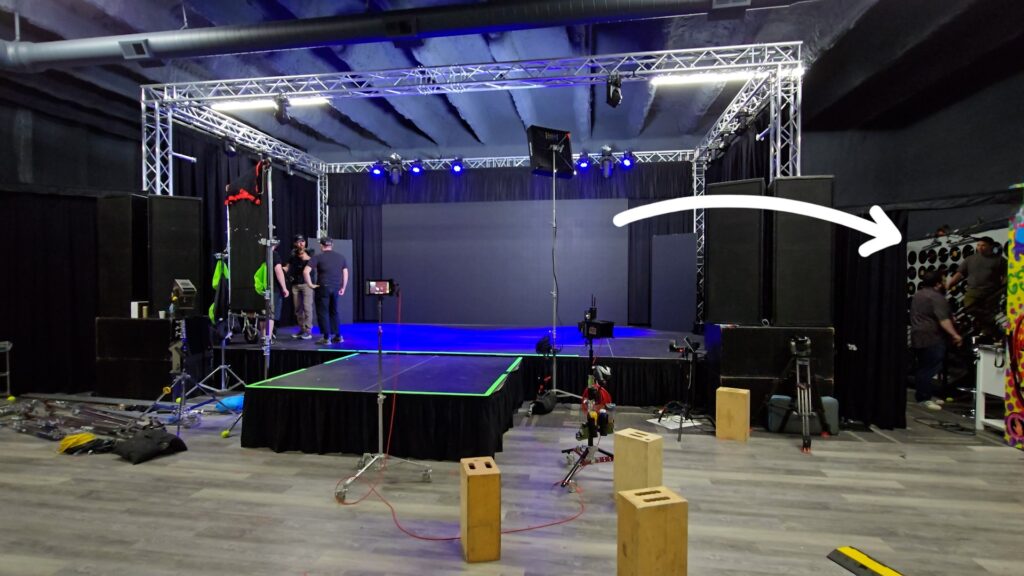
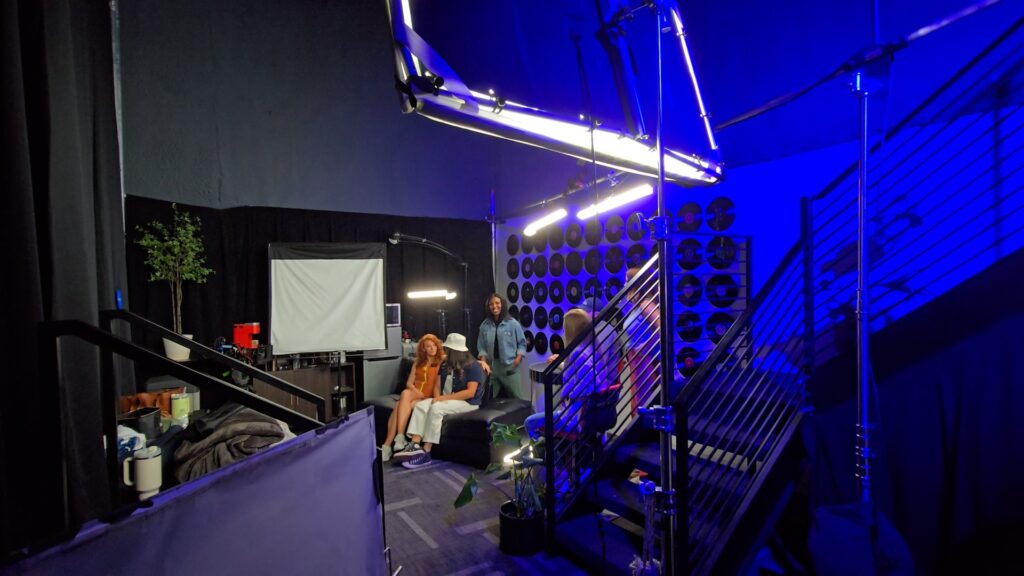
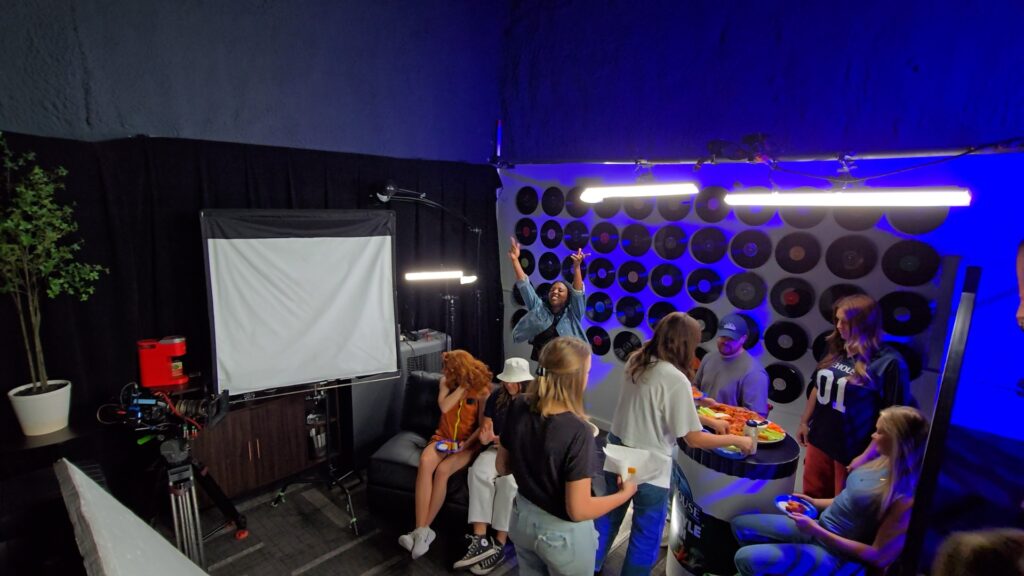
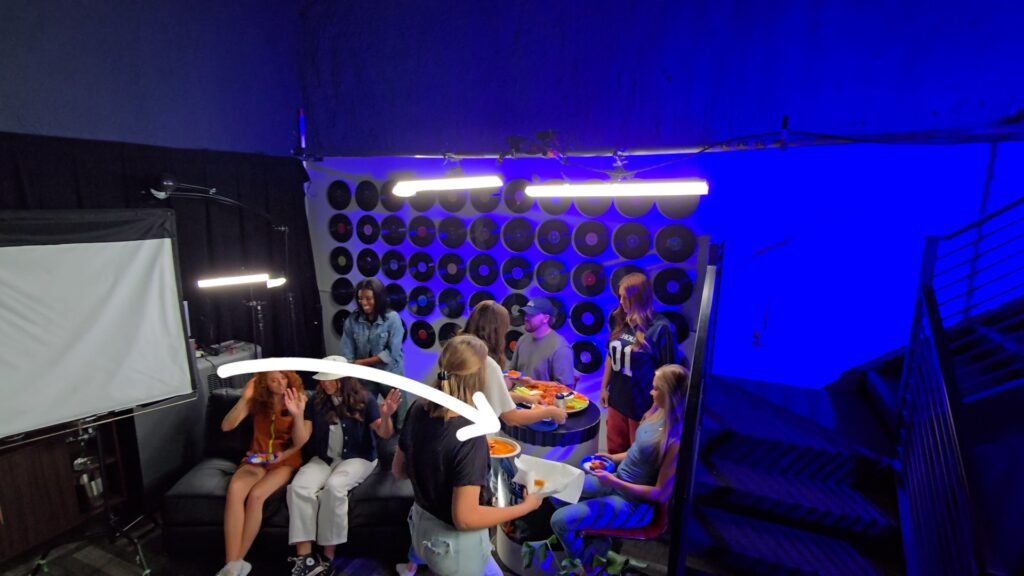
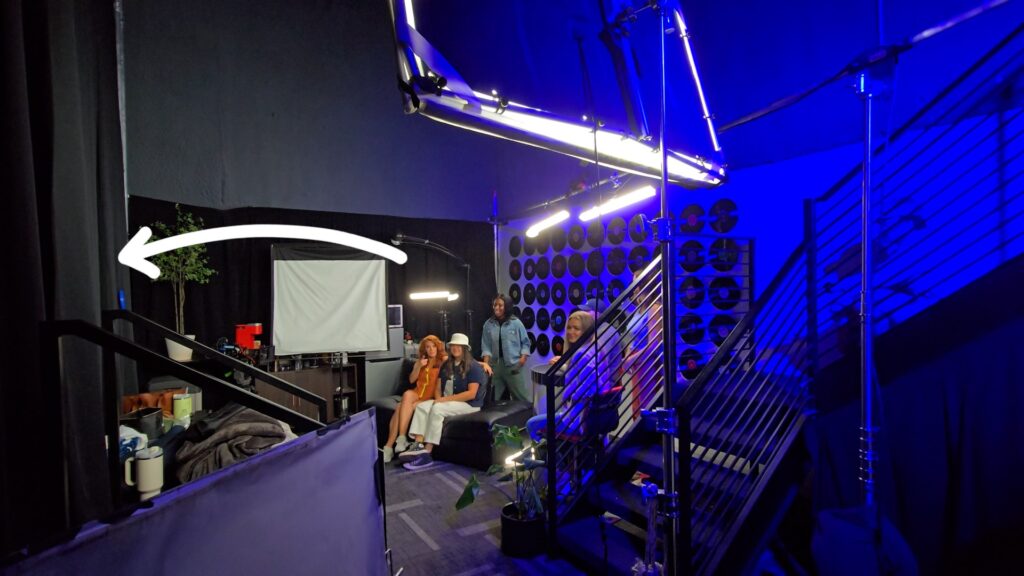
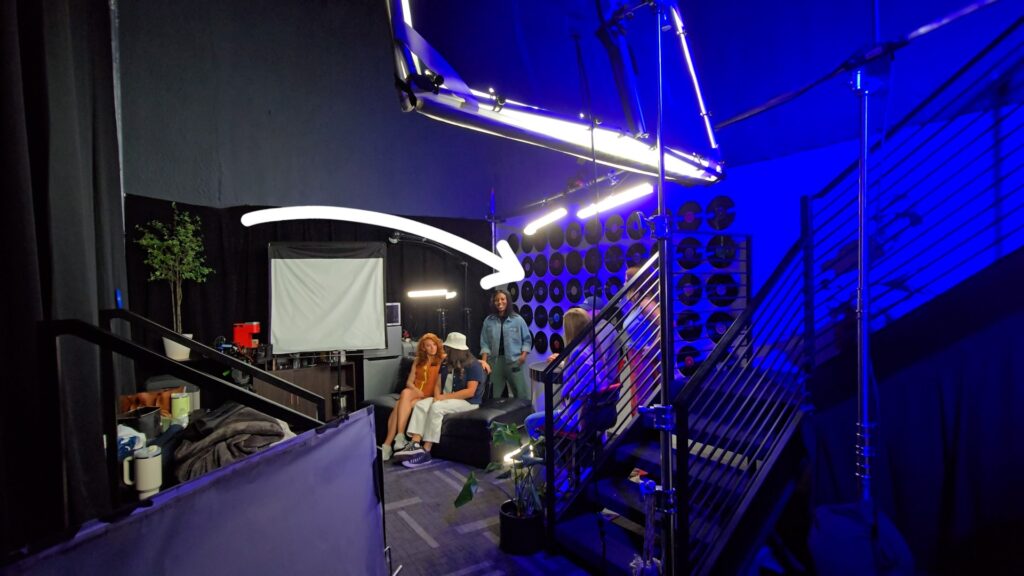
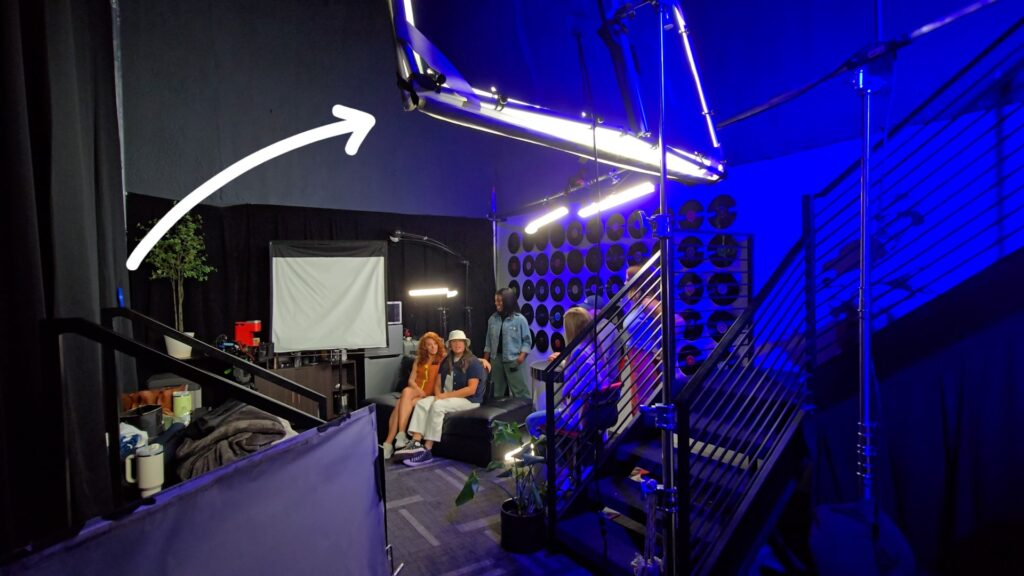
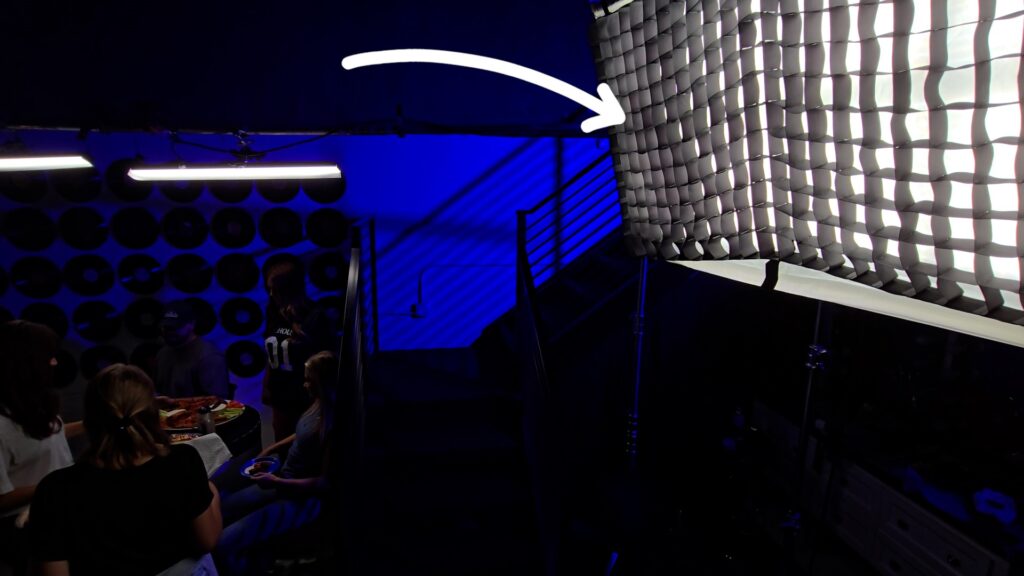
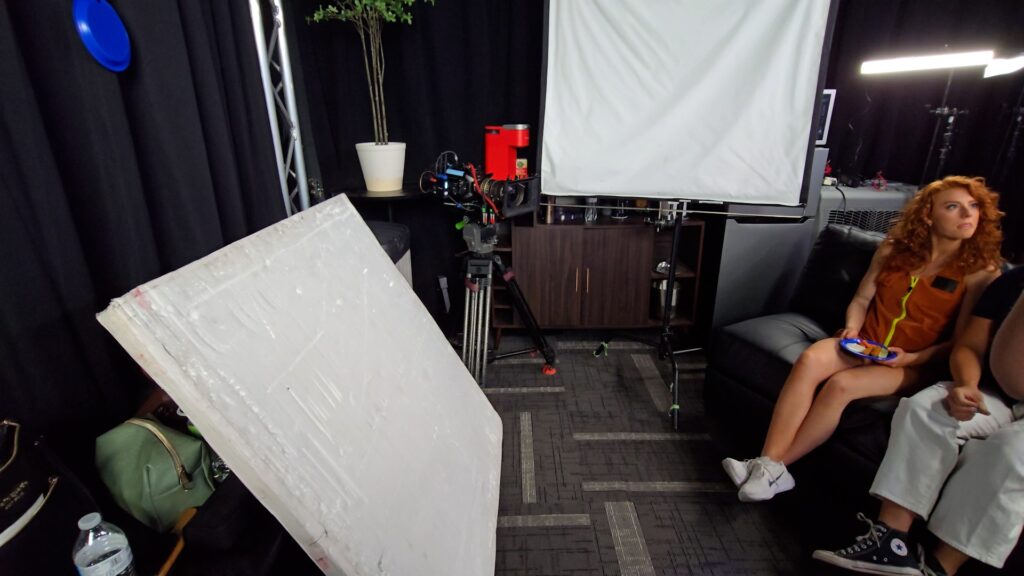
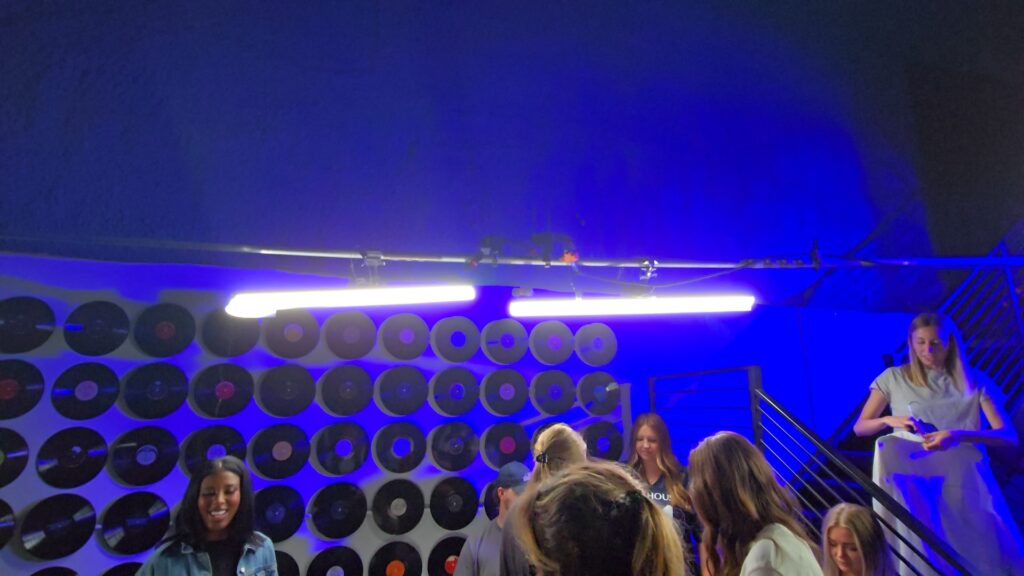
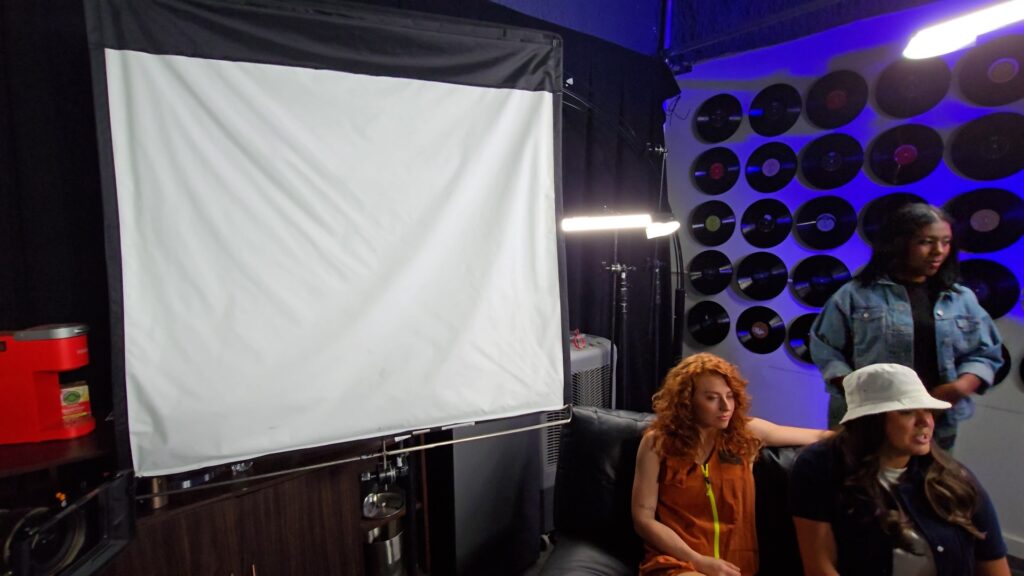
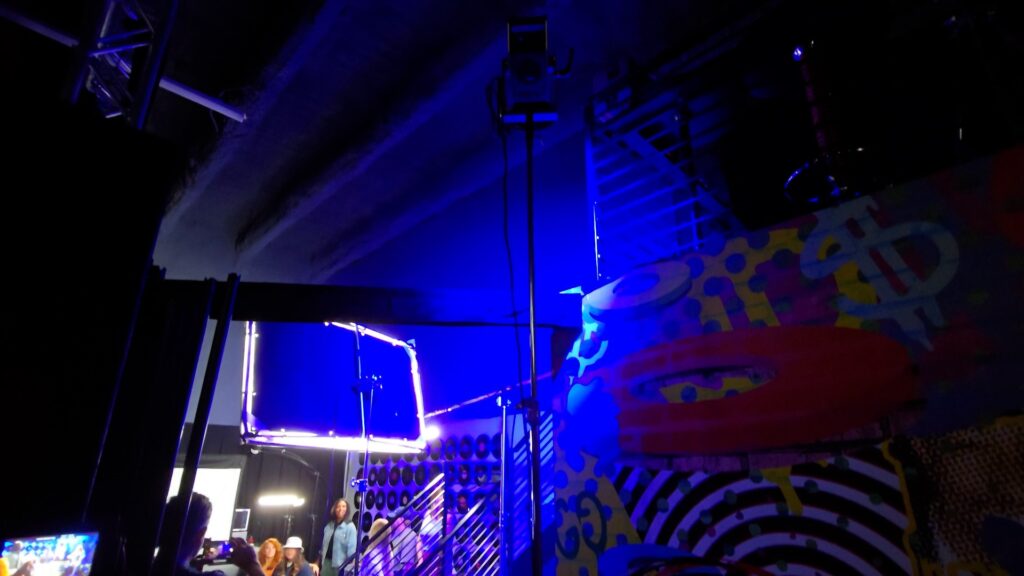
scene two

As you can see in the original diagram we drew over coffee, Justin, our DP, and I thought that for the key we’d need a 1200d punched through an 8×8, then we’d use a 6×6 to help return some fill, maybe we’d accent
that push with the amaran f22c, and finally we’d use two Kelvin EPOS 300’s as a couple of positionable rear kickers.
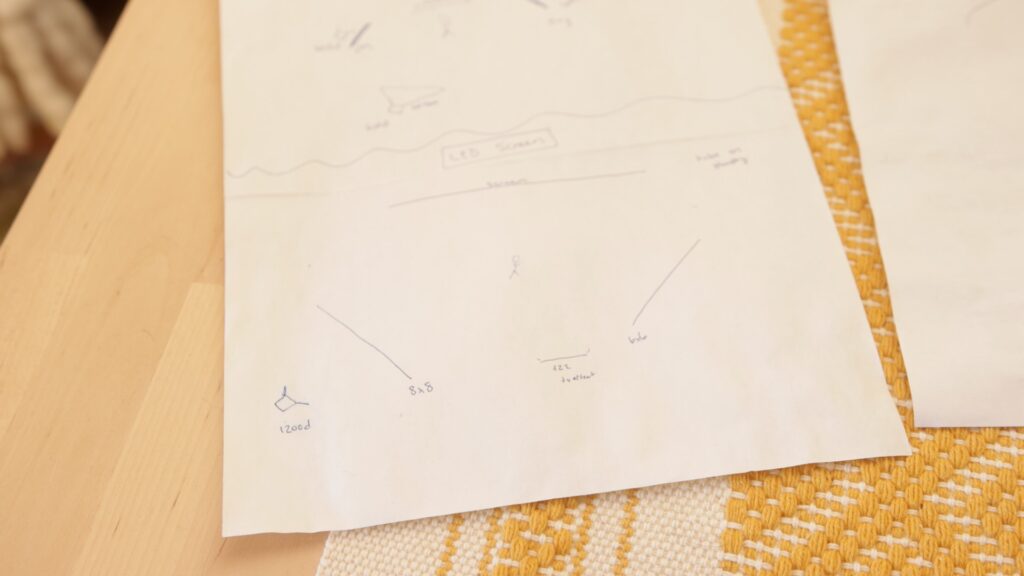
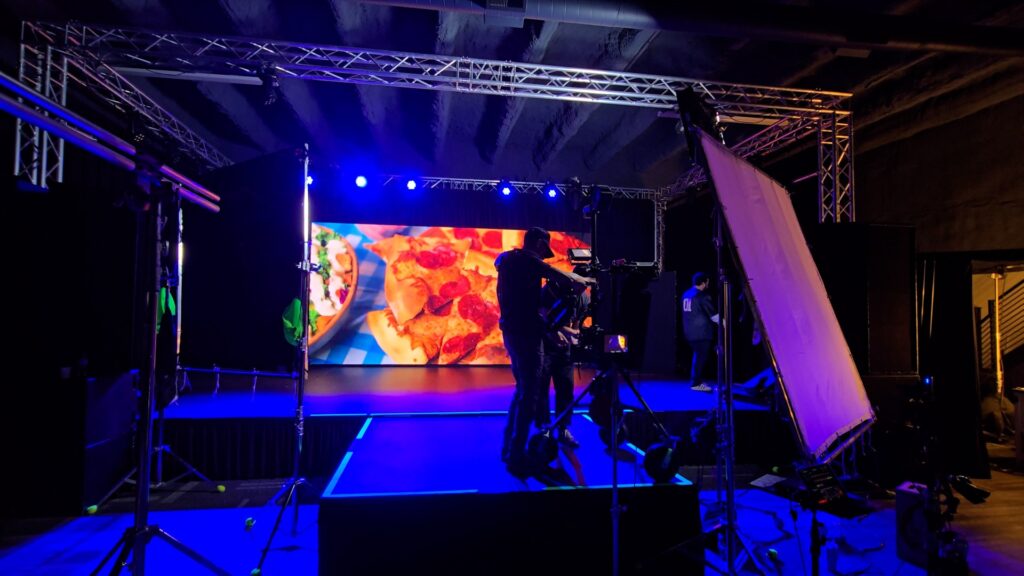
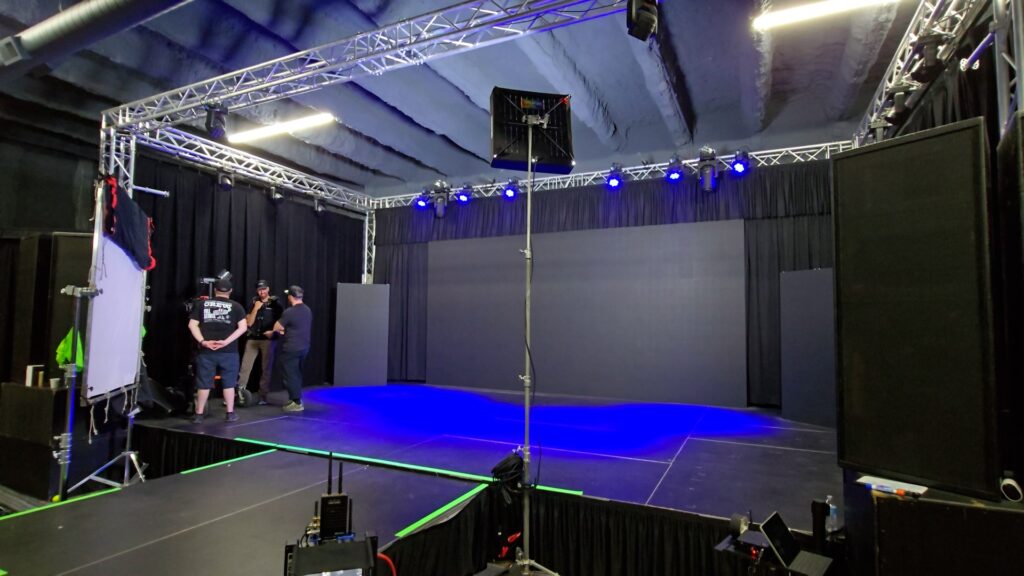
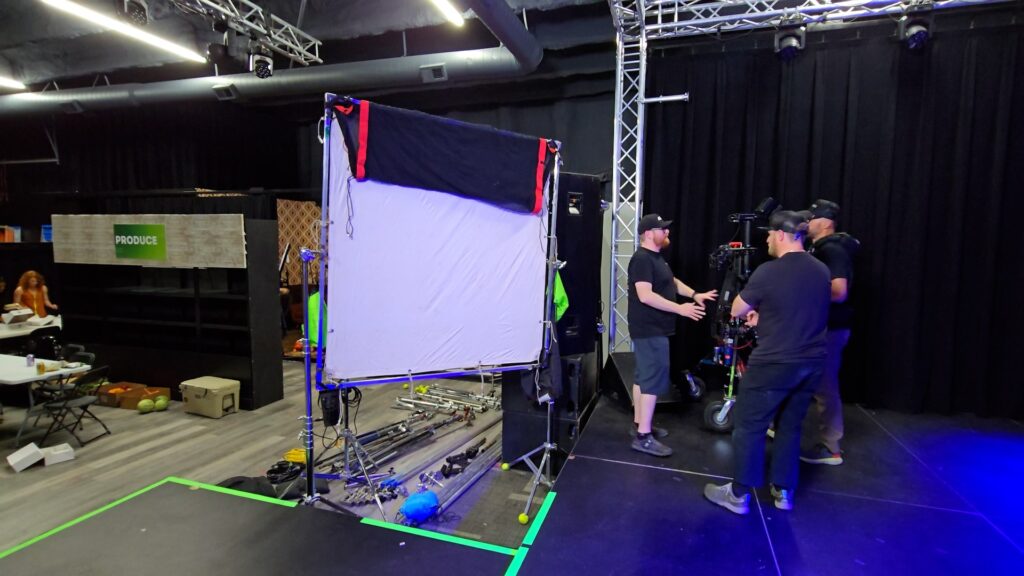
scene three
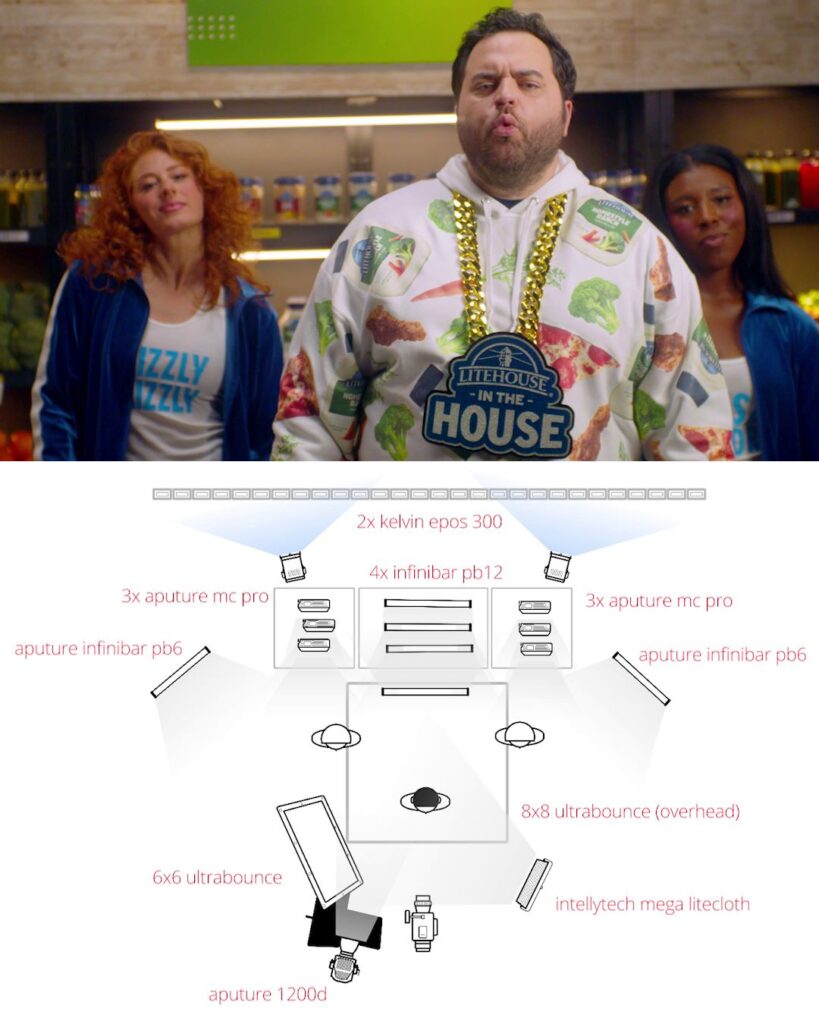
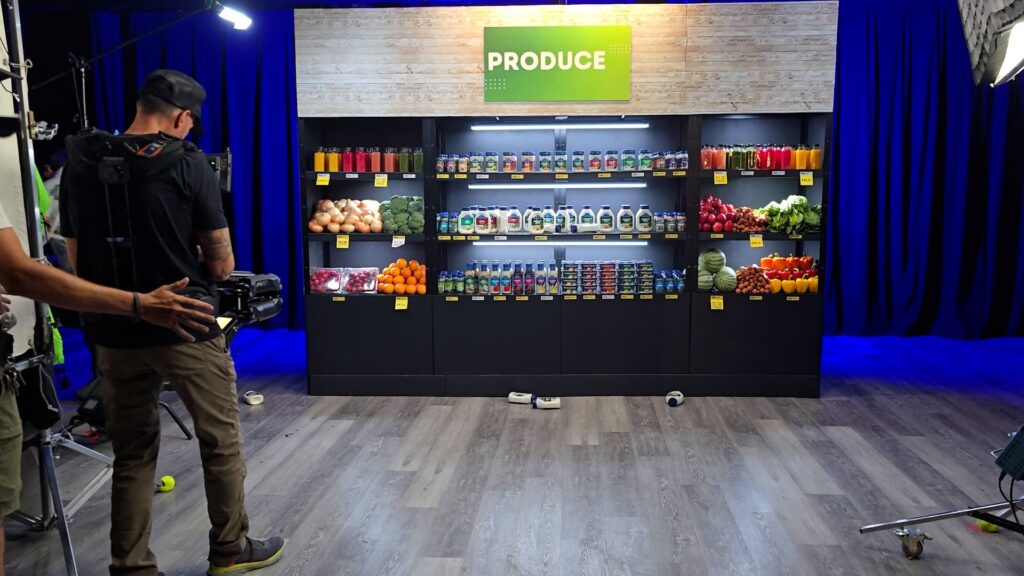
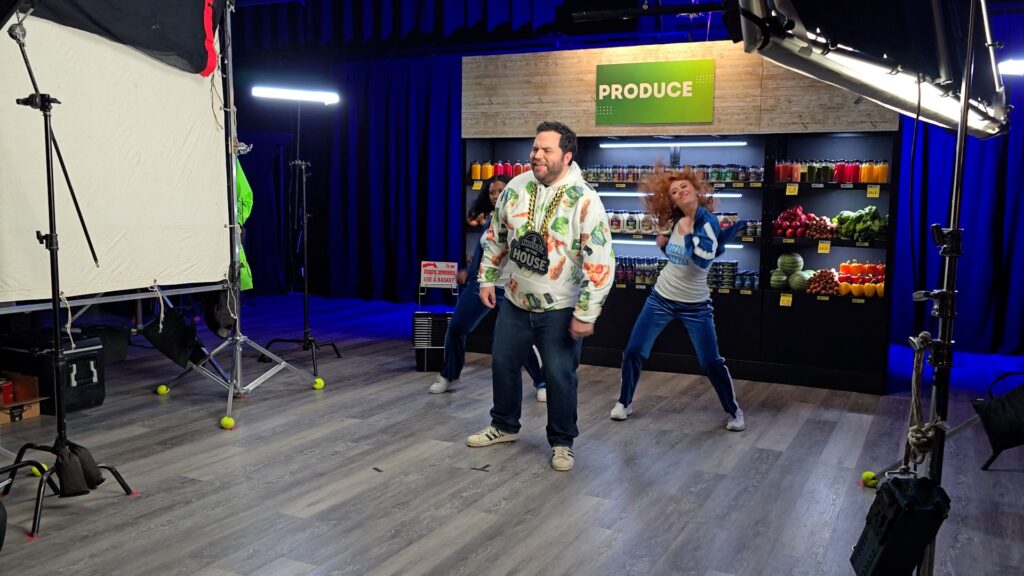
Also, Justin had communicated in our coffee chat that he’d like a soft key light that could be relatively movable and controllable. Meeting both of these conditions would make it easy to get the dozen or
so shots that we needed.
That sounds like step 1, framing and blocking, has been taken care of, and we’ve even been given a nice little guideline for step 2, figuring out the key light.
Just like the first scene, the Intellytech Mega Litecloth on a roller combo stand ended up being the perfect light to use as the key. At 5 feet by 3 feet, the mega was wide enough to be flattering on our talent, and by placing it on rollers, it was very easy to position this light where we needed it to be in between takes.
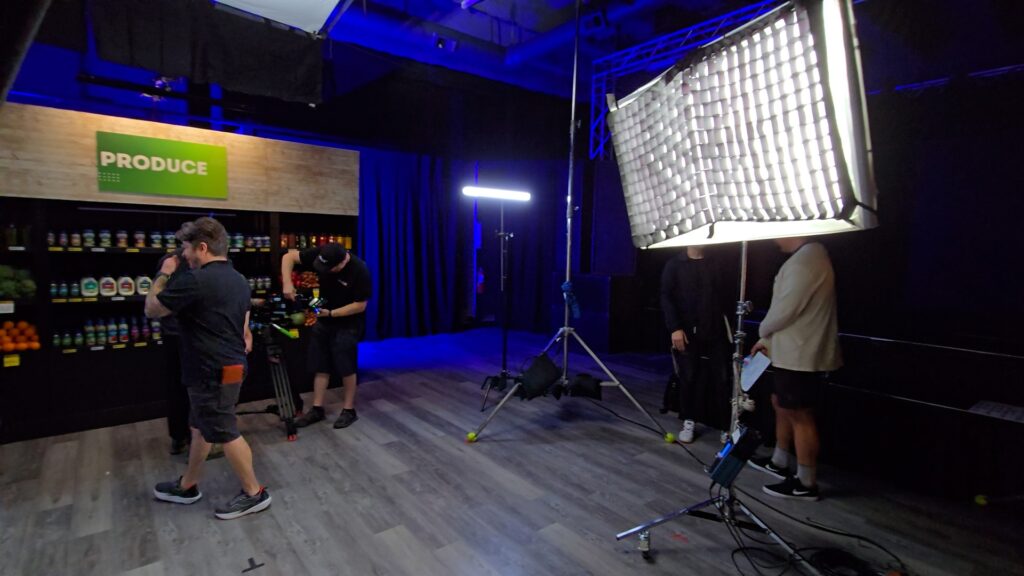
By combining a grid with feathering, I was able to illuminate the subject while keeping the litecloth from hitting the produce shelving.
Without this level of control, our key light would have increased the brightness level of the background of our scene, and potentially even added reflective glare spots since the shelving was metal.
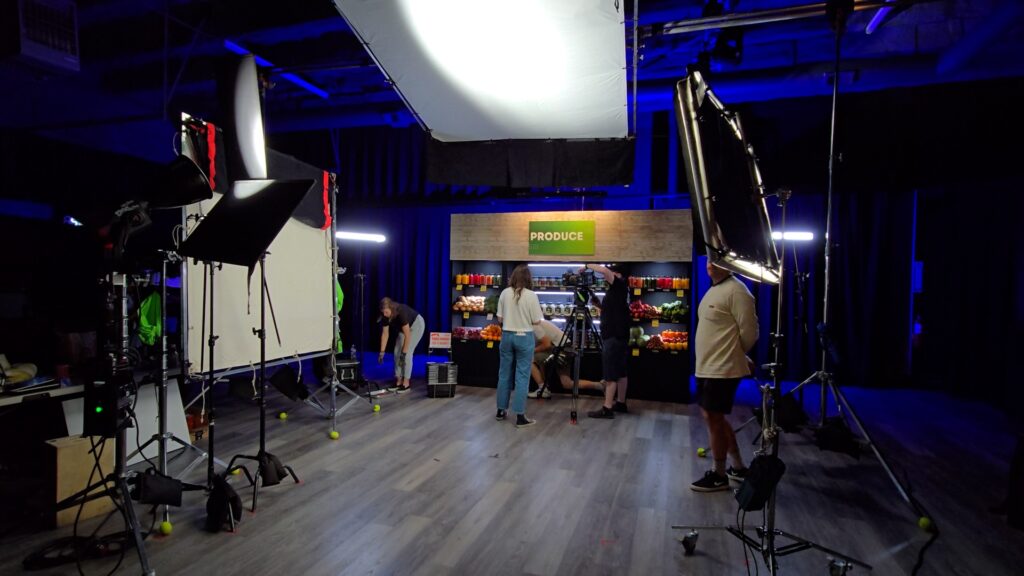
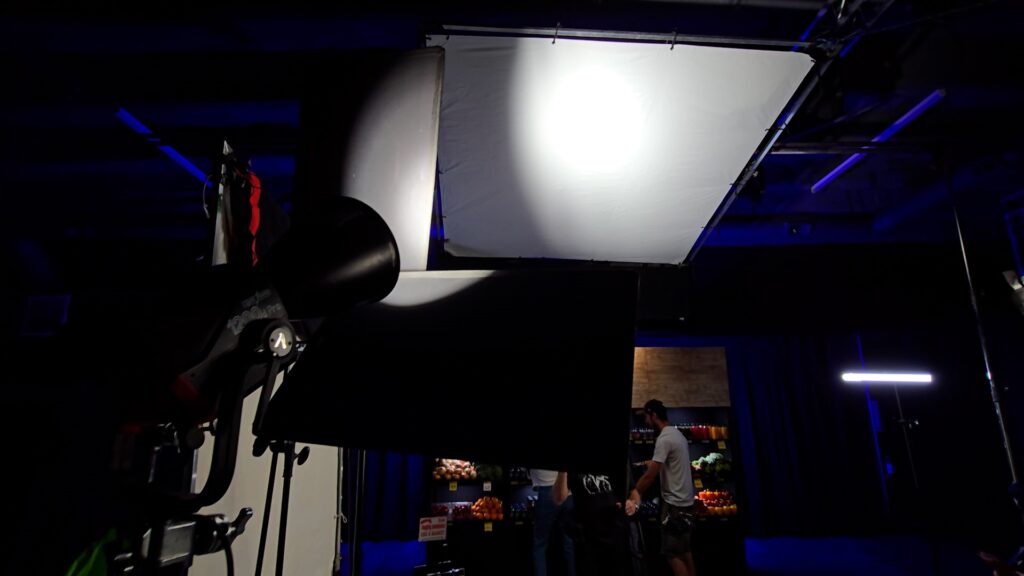
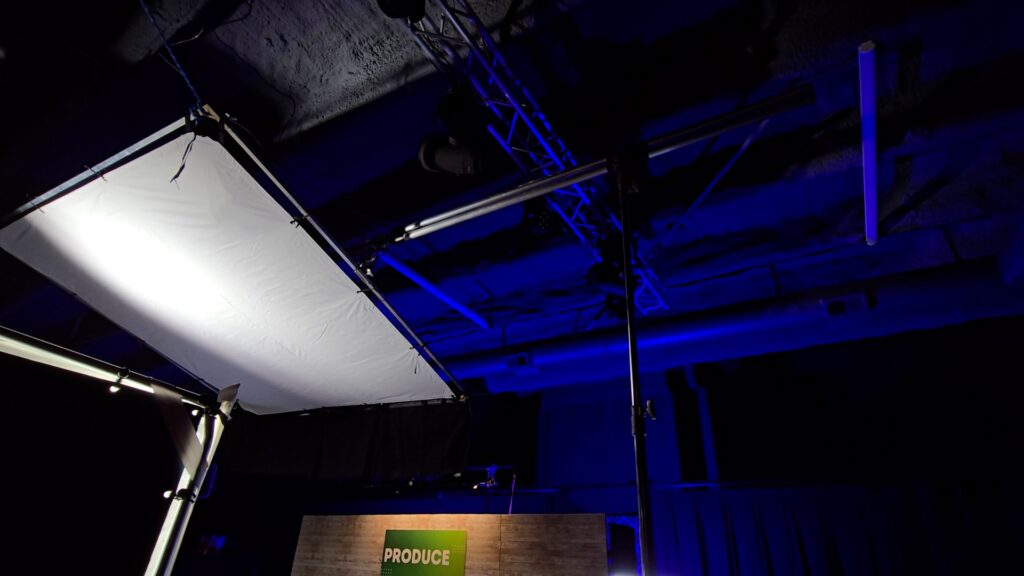
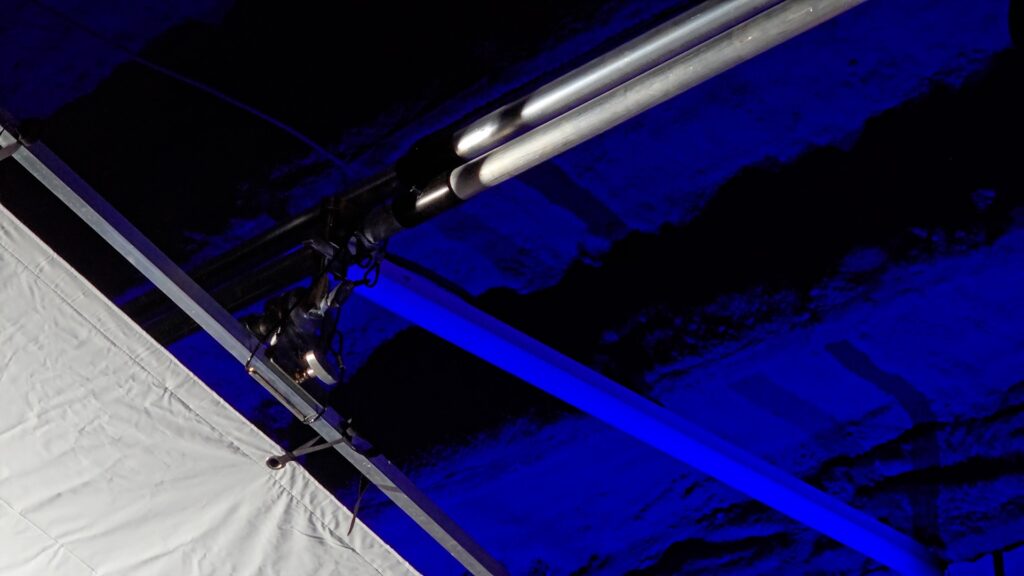
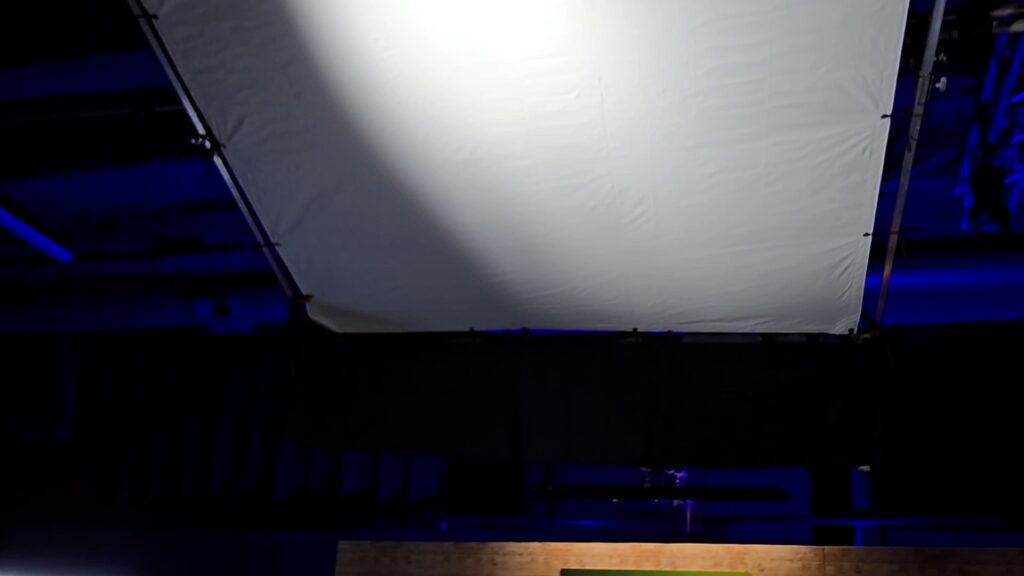


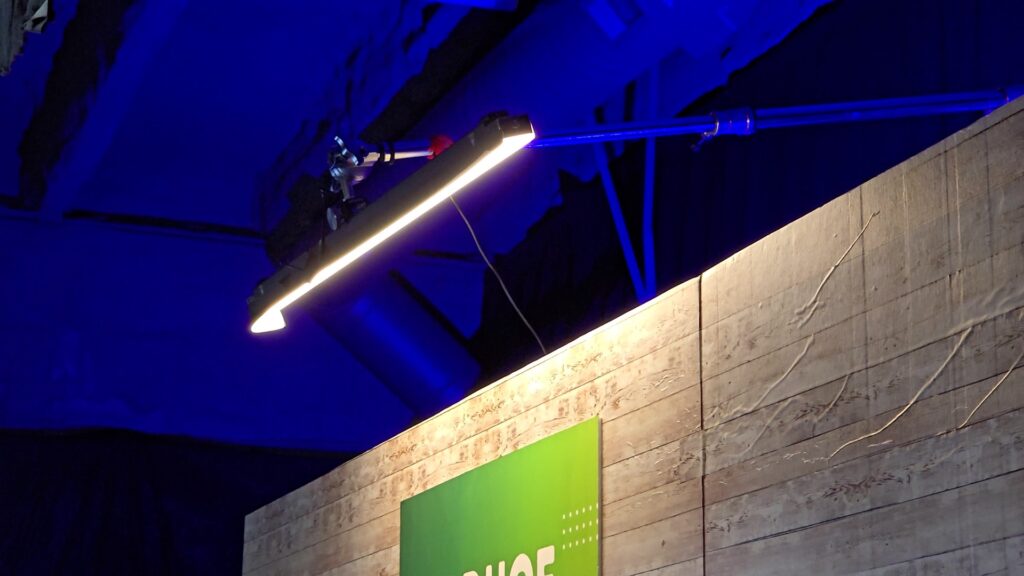
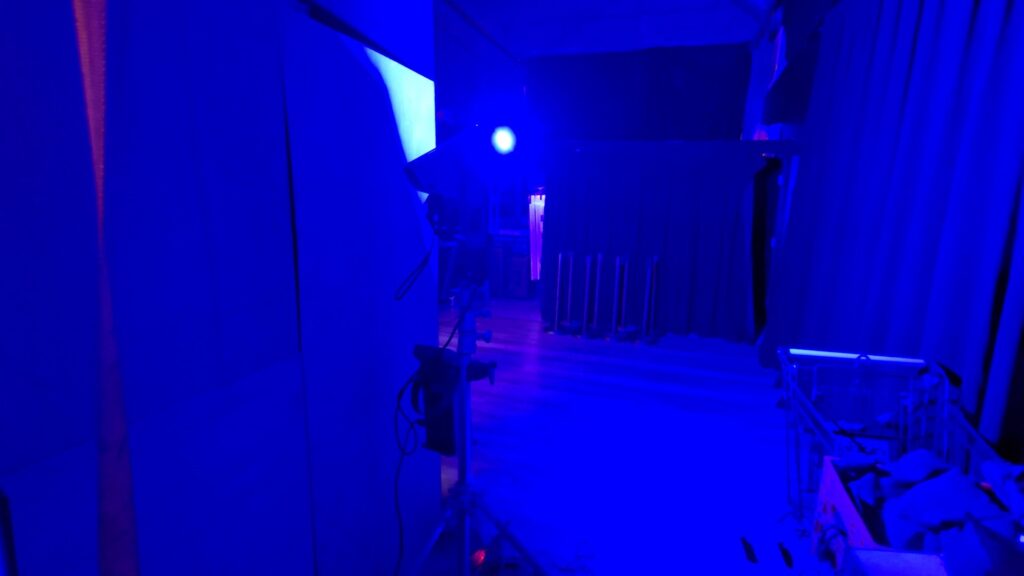
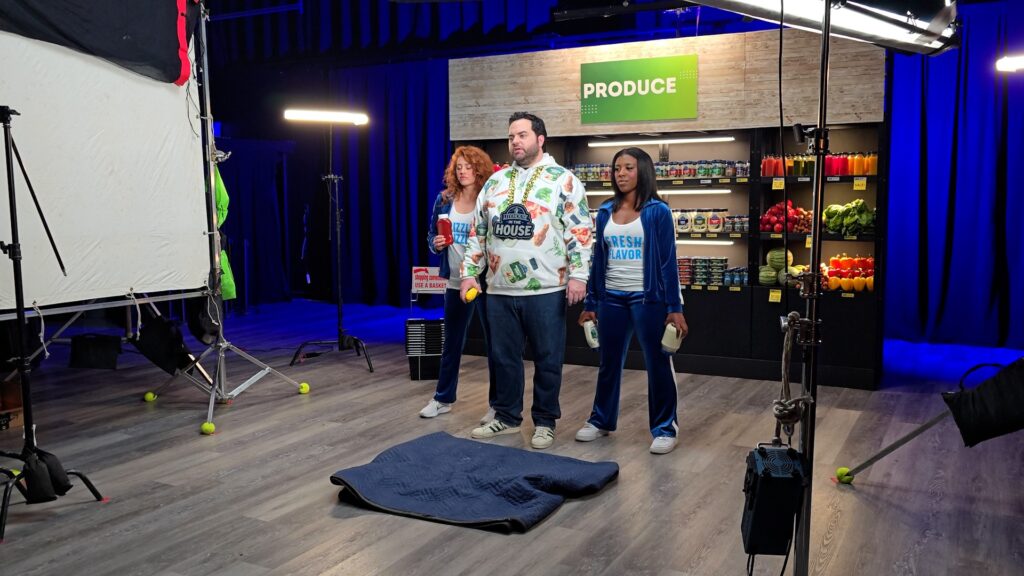
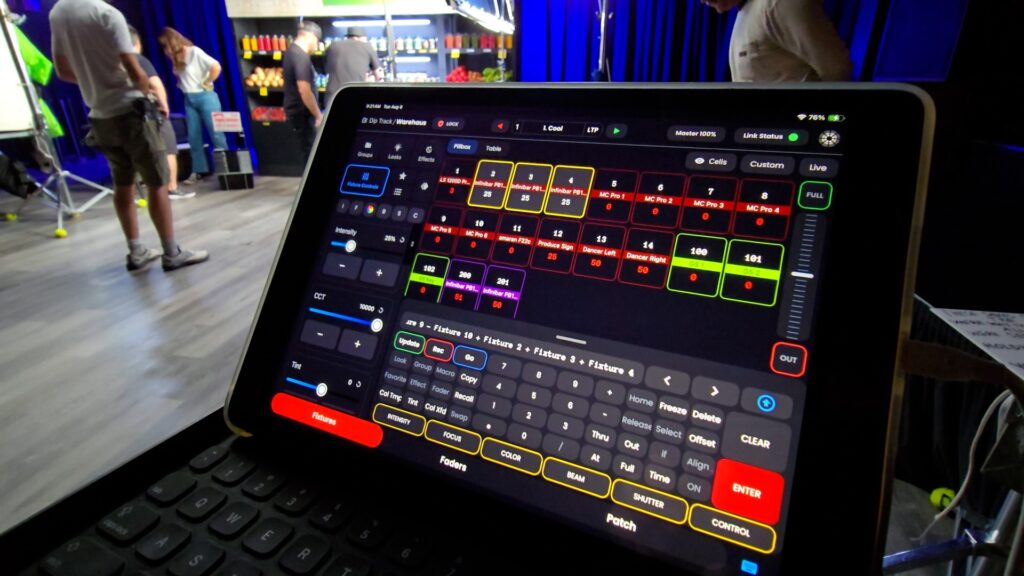
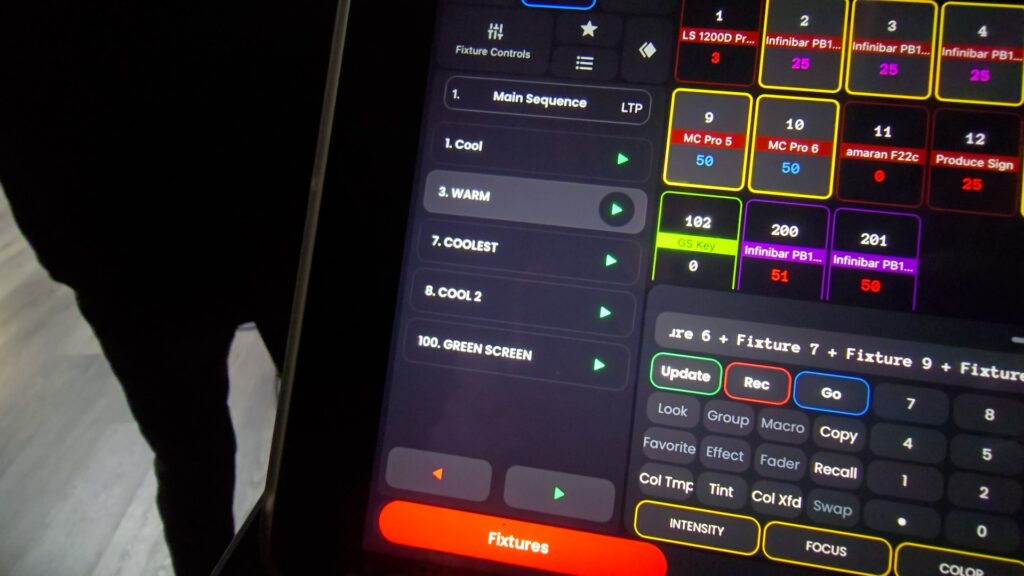
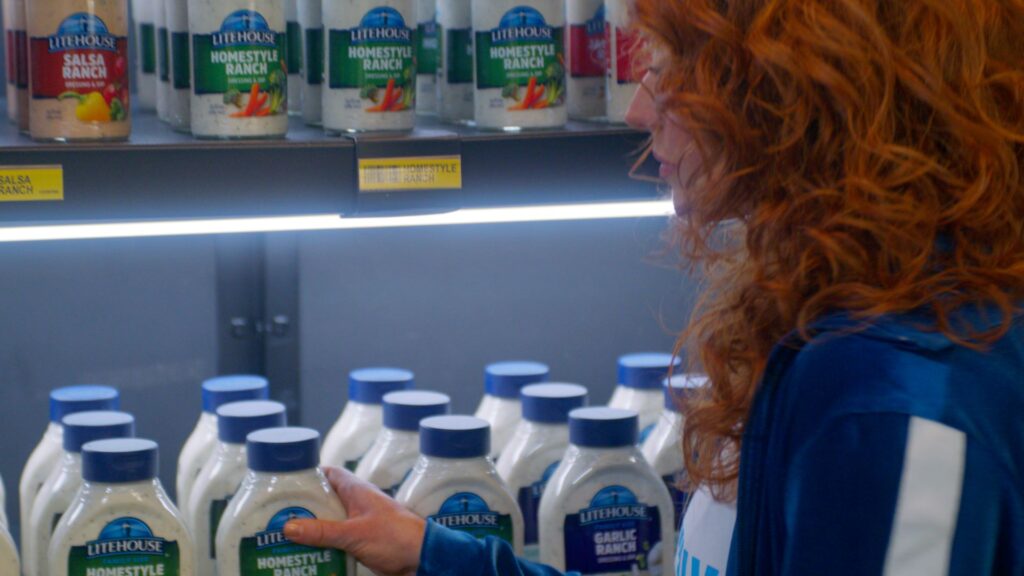
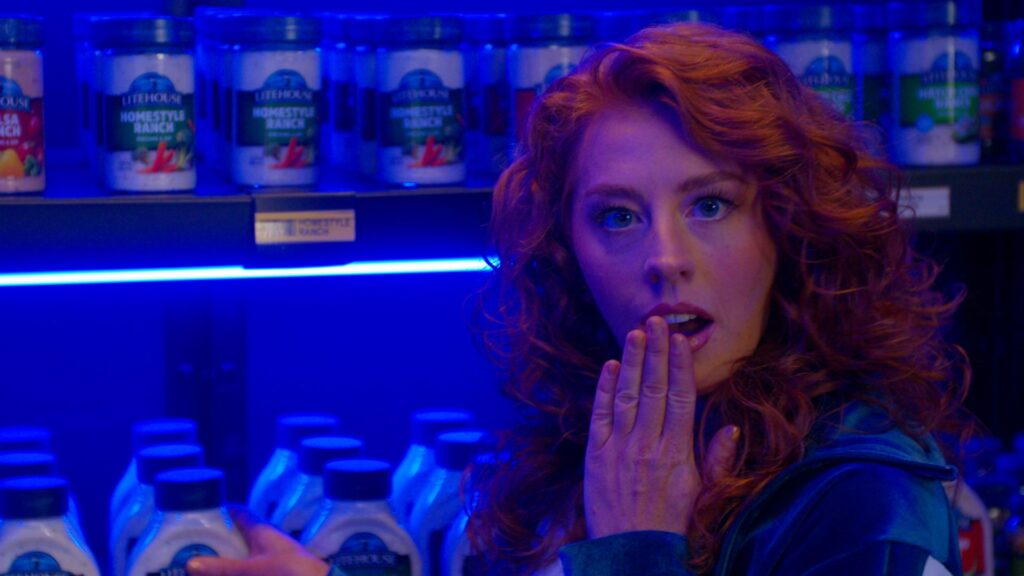
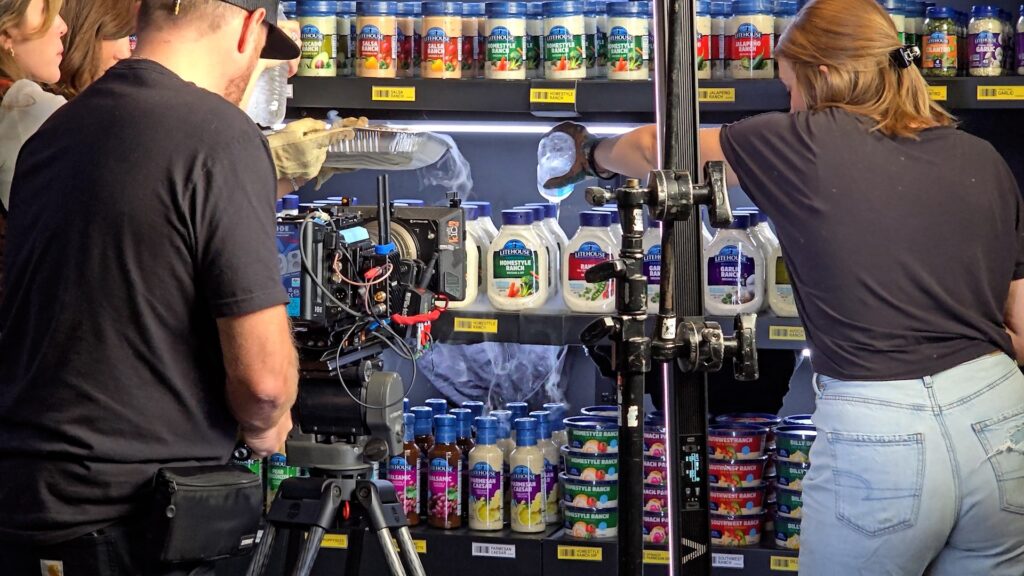
conclusion
Thanks for reading along!
